It’s a balmy evening on arrival in Cappadocia and there’s a sweet scent in the air that I’ve come to associate with Turkey from a young age.
It could be some sort of syrupy dessert, maybe freshly baked baklava, the honeysuckle from fragrant gardens, or the scent of lavender from the sinewy valleys below. Whatever the cause, the scent is palpable and comfortingly familiar. It’s also a reminder that I’m far removed from the fumes of London, now firmly rooted on Turkish soil.
For geographical context, I’m in the Nevşehir province in the Central Anatolian region of Turkey. Cappadocia is best known for its hot-air balloons and surreal rock formations. What we see today is 60-million years of history in the making, caused by ancient volcanic eruptions that have shaped this otherworldly region, spreading for miles and miles beyond the tip of the horizon leaving the rest up for interpretation. Mount Erciyes – an inactive volcano still dappled with snow in early June – rising from the south of the Kayseri valley is the furthest point we can see from here on a clear day.
It’s a swift, 30-minute car journey from the airport to Argos in Cappadocia, a sprawling hotel built on the site of an ancient monastery. The property’s off-grid location directly overlooks Pigeon Valley, an undulating moonscape difficult to make out on arrival at night, making the surroundings all the more mysterious. The ground here is bumpy and uneven, enough to make our heads bob up and down before the car halts at the hotel’s inconspicuous entrance. As we make our way to the reception’s viewpoint to sip chilled glasses of homemade lemonade at check-in, I notice the scent of wildflowers in the air.
The hotel has a sprawling layout, each of the 51 rooms (soon to be 68) are scattered across its circumference in a bid to protect the surroundings. This is also the reason why the restoration of the hotel took 12 years to complete; it was a mighty archaeological project that involved excavating subterranean passages and a dishevelled monastery in the process. As a result, every room is vastly different in layout, the architecture built unobtrusively into the natural contour of the rock formations.
Some guest rooms are still cave-like, while others are more modern in design, retaining as much of the former structure as possible. It’s not until the next day, as the sunlight creeps in through the double-layered curtains, that I notice the sauna-coloured ceiling and the hand-knotted rug by the fireplace. The bathroom is satisfyingly spacious, with its own lounge and an open-plan layout separated by a vanity unit. With the windows closed, there’s the muffled sound of crickets in the background – but not much else to note. Not until I begin exploring.
There’s a tunnel at the hotel that was once used as an escape route by Christians fleeing Rome’s persecution. It’s a glimpse of what life was like underground as early as the 3rd century. As we duck and sidestep through shorter tunnels, the narrowing passageways are a poignant reminder of the country’s complex history shaped by the rise and fall of empires. By the seventh century, the soft rock formations were carved into monasteries and chapels by Byzantine monks. Archaeological works didn’t begin until 1966, and the region subsequently became a protected UNESCO site in 1985 to preserve the fairy tale landscape of cones, columns, mushrooms, and chimneys.
After a whizz around the grounds, plates of mezze and manti are devoured in a flash at Seki Lounge, a prime spot for views of the surrounding valley and where breakfast is also served. Then we begin to navigate another maze-like labyrinthine – this time in the form of a wine cellar – to the airy chapel bathed in natural light. We’re here for wine tasting where the cheeseboards and table-scaping have been artfully put together, festooned with an intricate floral arrangement on the long table where the tasting takes place.
Turkish wine is niche. The only time you really get to try it is when you’re visiting the country, so it’s a bonus to get the low-down on the region’s production and rich history. Wine isn’t government-backed in Turkey, so there’s a lack of state funding. Still, family vineyards live on to produce delicious Cappadocian varieties unique to the region, including a crisp white with juicy, aromatic flavours and an acidic character. We’re told that the volcanic area makes wine more acidic in this region and that the soil is good for growth – which makes sense, considering we keep going back for more. In the cellar, a rock-cut stone table that was discovered in the excavation is also used for tastings. Home to more than 20,000 bottles, the serpentine passageways of the cellar lead into separate caverns, some with hand-carved holes that were used for crushing grapes to make wine in the Byzantine period, and grape molasses under Ottoman rule. In another room, jars of pickled vegetables are tucked away on rock-cut shelves.
The following day, we venture to the Göreme Open-Air Museum, a UNESCO World Heritage site made up of former monasteries and rock-cut churches first thought to be established by a Byzantine monastic settlement. A short drive from the hotel, this complex of churches is an essential stop to learn about what life was like for the monastic communities that settled here. As we dip in and out of the arched doorways, the temperature ebbs back and forth between hot and cool – the caves providing shelter from the midday heat. The opposite applies in winter: when temperatures begin to dip, the caves naturally provide warmth and comfort. Holes in the ground, known as tandooris, signal which caverns were used as kitchens, while large dining tables carved from heavy rock formations let us in on how communities once gathered for rest and play. Ornately carved, floor-to-ceiling frescoes date as far back as the seventh century, depicting scenes from the Bible.
We pick up the pace on the way to Pasabaglari, another ancient playground that was once inhabited by Christian settlers and lone monks. Also known as the Valley of the Priests, it’s incredible to see the forces of natural erosion up close and marvel at the mushroom-topped, fairy-tale chimneys that tower above – some reaching 40 metres into the sky. For lunch, there’s a local restaurant not far from the site serving wholesome plates of homemade gözleme, a traditional Turkish flatbread stuffed with fillings like spinach and feta. Local chefs prepare the bread from scratch, kneading the dough with admirable fluency before it’s cooked over a griddle. They turn out piping hot and paper thin, paired best with a cup of çay (Turkish tea).
Just a short drive from the valley, Guray Ceramic Museum is our next stop for the day, a cave museum that offers a deep-dive into the way Turkish pottery has evolved over time. Intricate ceramic, pots, jugs and other relics with varying snouts and spouts are displayed per era, with some artefacts dating as far back as the era before Christ. That’s how time is often measured here. The artist’s studio is a single room enveloped in silence when we arrive, each artist working on their latest piece – whether it’s a decadent wine pourer or a canvas of Istanbul’s serpentine streets, painted free-hand in meticulous detail. Visitors can also try their hand at pottery-making in a guided workshop, or simply sit back and marvel at the professionals as they meld and morph the clay using an artisanal technique that dates back more than 2,000 years.
As we reroute back to the hotel, a sonorous monotone signalling the call to prayer begins to resonate in the background as the lunar landscape unfolds, revealing scattered chimneys and high-rise cliffs that jut in and out of view.
After a long but fascinating day, dinner – served in a former monastery at the Bezirhane, a 1500-year-old rock-hewn building that was rediscovered in 1998 at the start of the hotel’s restoration – was a chance to reflect on the magnitude of history and stories to be found in Cappadocia. The Bezirhane too, has a story: it was built between the 11-14th century and became a caravanserai, doubling as a hub for exchanging silk, porcelain, paper and spices.
Here, dishes arrive in a theatrical flourish. Not in a dissimilar manner, I ponder, to the comings and goings of the spice, silk and paper traders all those years ago. The stuffed aubergine arrives on a bed of yoghurt topped with chilli flakes and sliced cherry tomatoes; for mains, I’m treated to a shredded beef dish paired with brown risotto and broccoli that’s filling, but not too heavy. And for dessert, a hot pink Turkish cake steeped in syrup and crushed pistachios. All beautifully-paired with Turkish wines produced nearby.
Itching to see the now social-media famous hot-air balloons in action, I’m awake at sunrise the next day. Warm oranges and yellows illuminate the valleys as I approach the car park of the hotel to take in the view, the floating baskets scattered across the blue like an explosion of silhouetted polka dots. The view is cinematic, as though it’s been professionally graded or filtered; it’s utterly surreal and feels like it belongs to a movie. Just when you think the spectacle has come to a finale, a lone hot-air balloon can be caught rising high up above the mountains before a slow and steady descent.
By 6:20 AM, most balloons have congregated to the left, huddling together like the communities that once would have dominated this very view. I think about this, and about other historical communities here who, during battles and conquests, would have used the tunnels underneath the hotel. The tunnels I’m standing above as I take it all in. Yes, the hot-air balloons are fun and look great on your Instagram page, but they’re not what makes the region so unique. Instead, it’s the history.
I realise that in Cappadocia, history isn’t really history at all. The story of the region is marked into its very existence, laid out in plain sight for modern-day explorers to discover – whether from the air, the ground, or while navigating the fascinating underground tunnels, courtyards and caves.
We may earn a commission if you buy something from any affiliate links on our site.

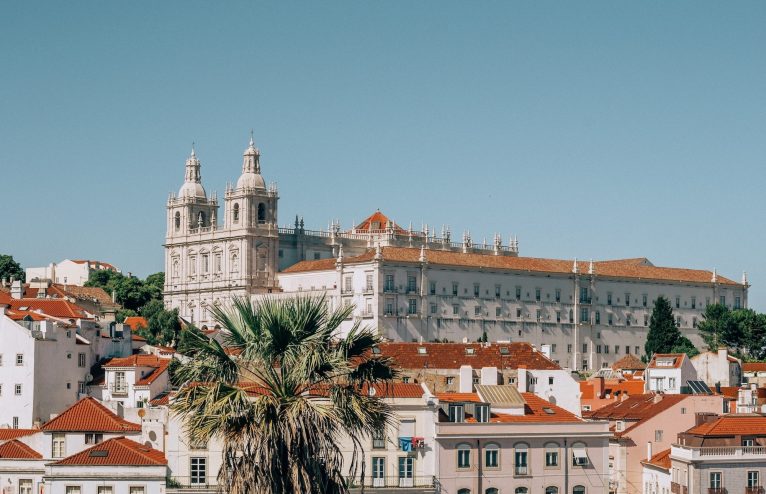
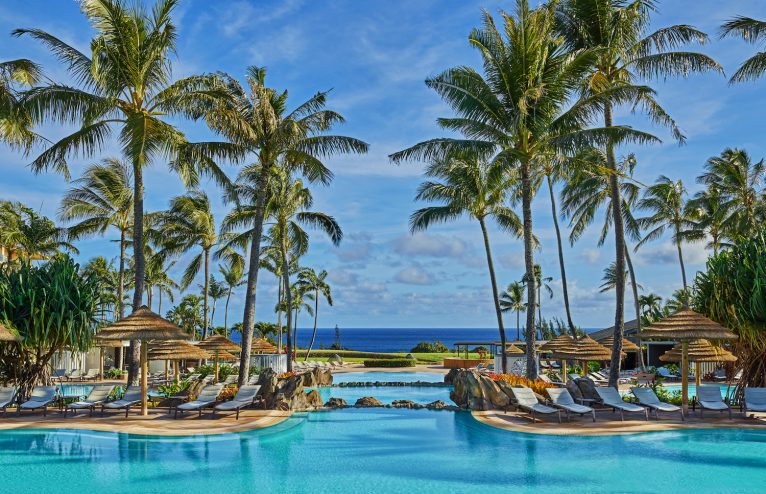
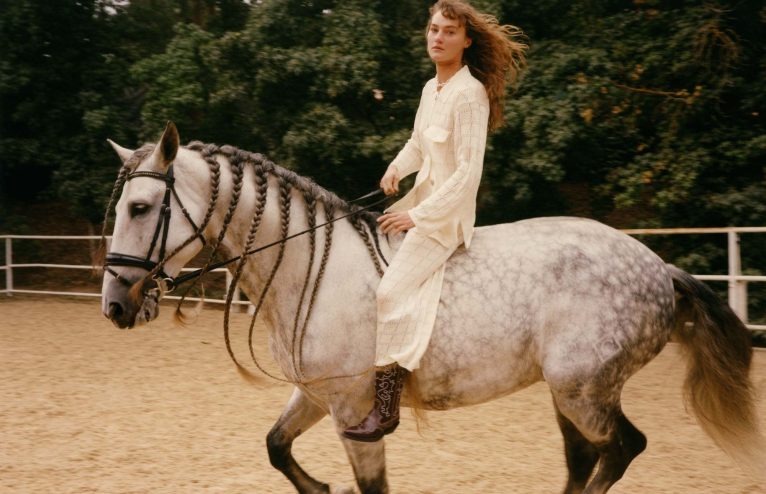

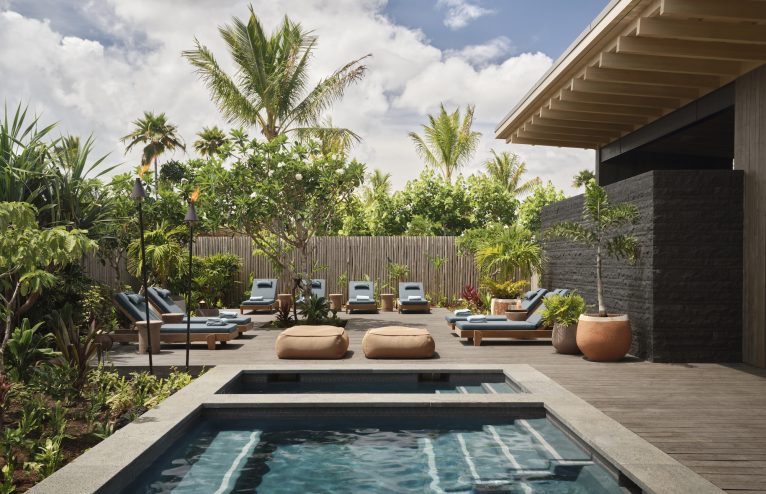
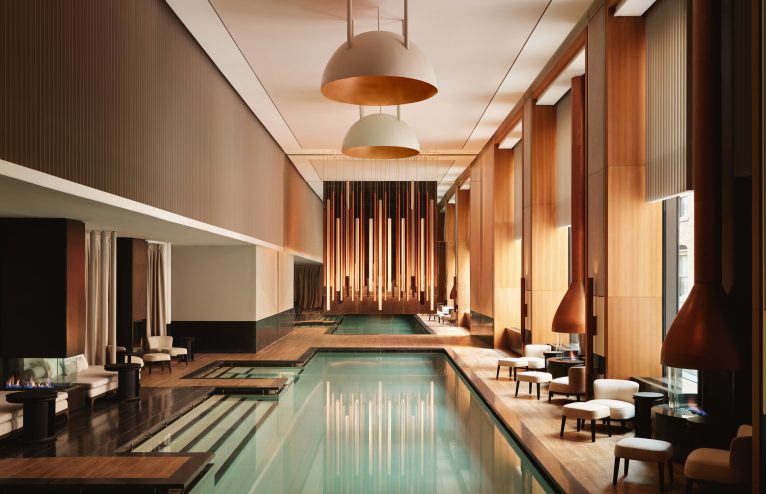

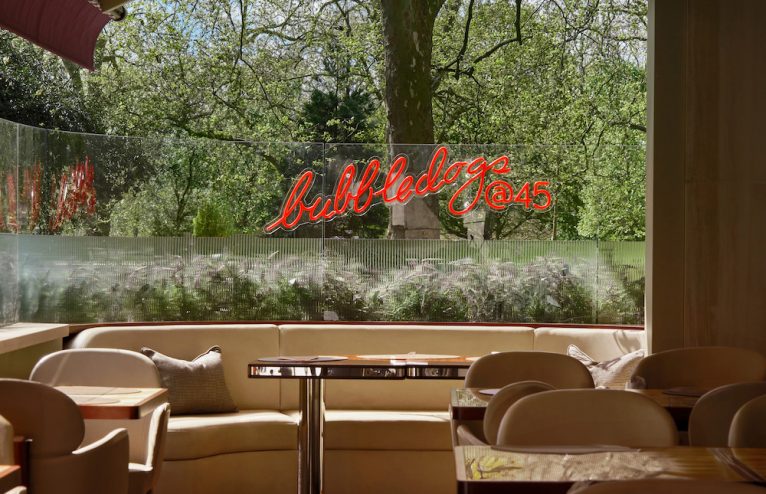
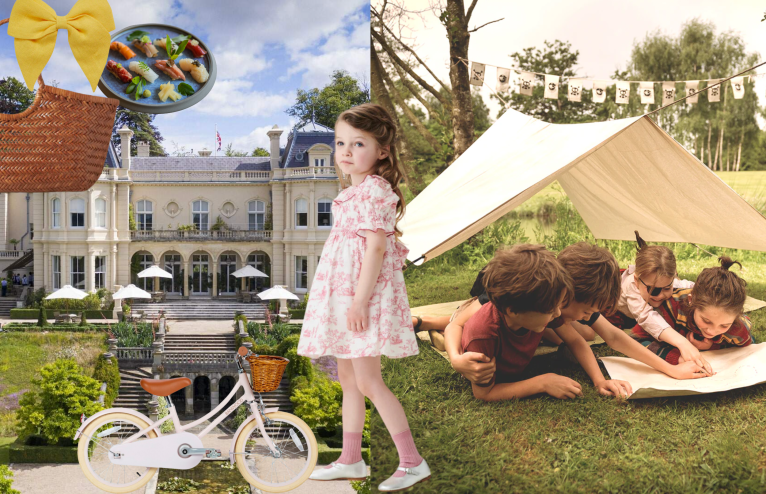
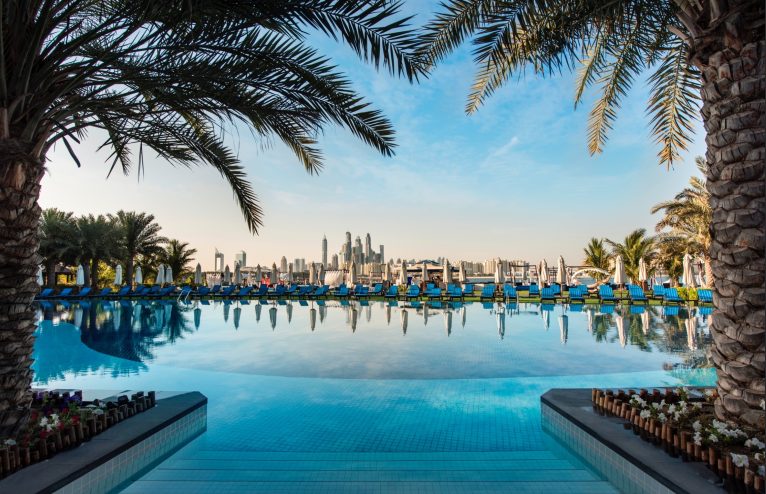






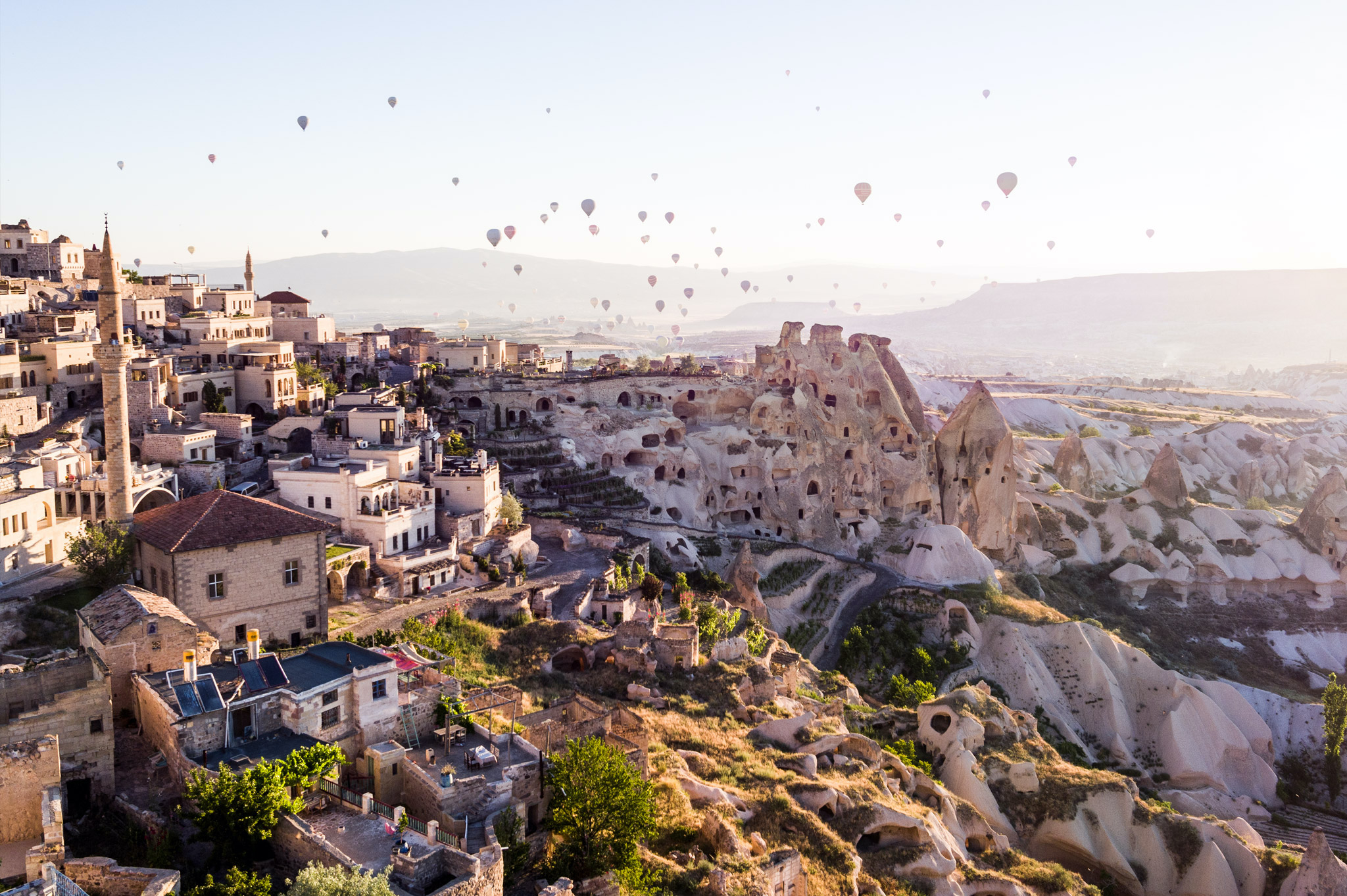
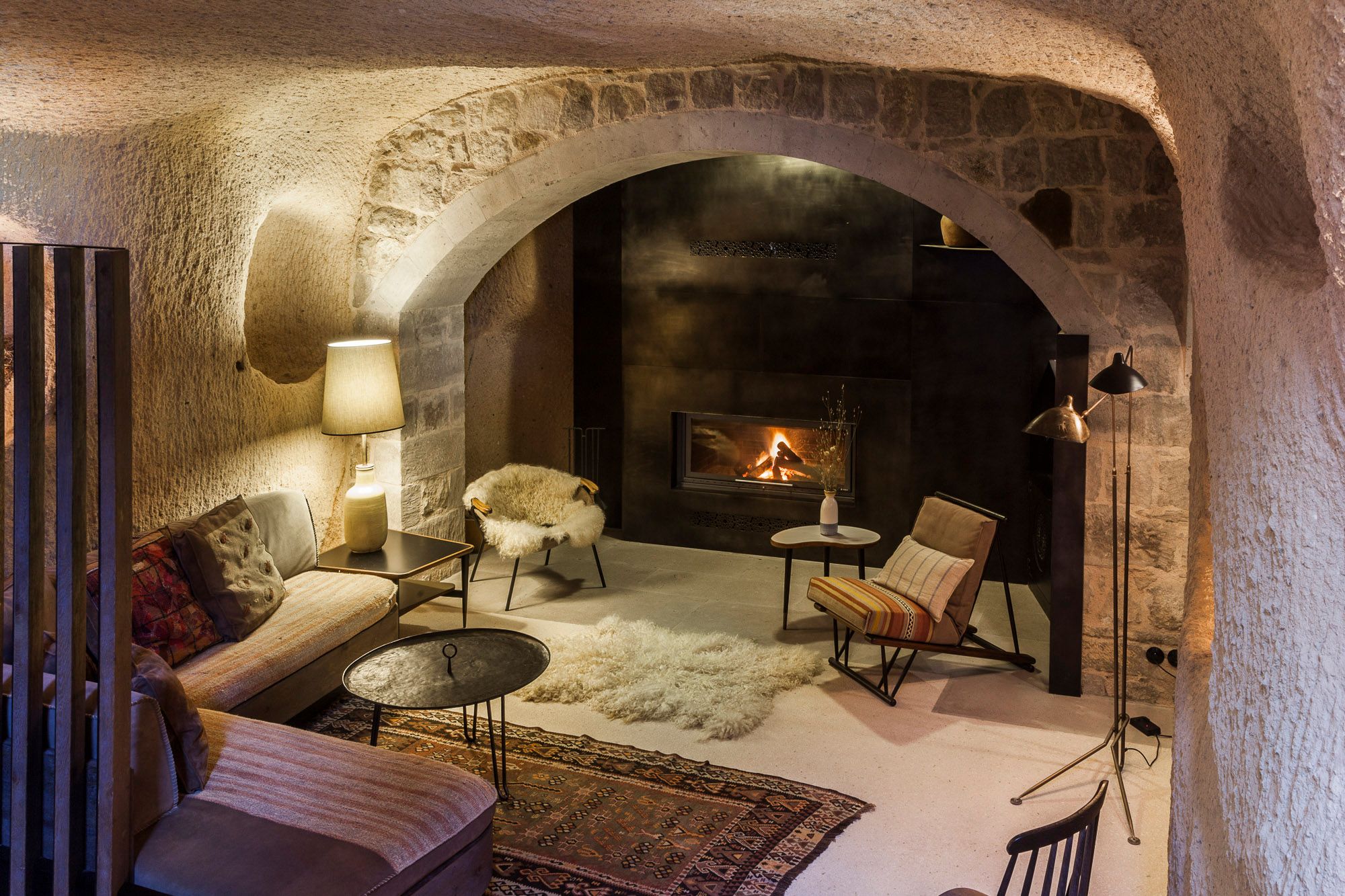
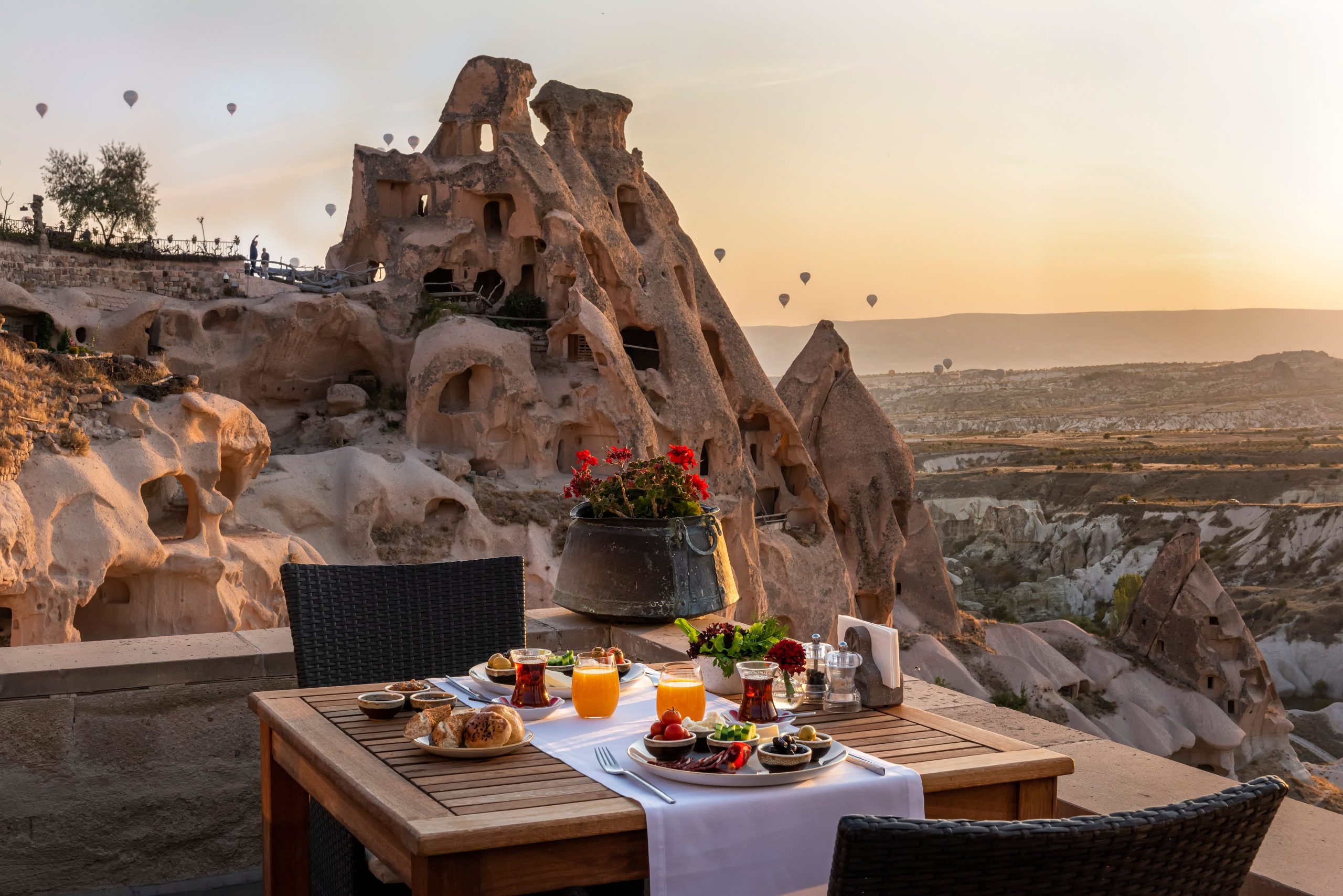

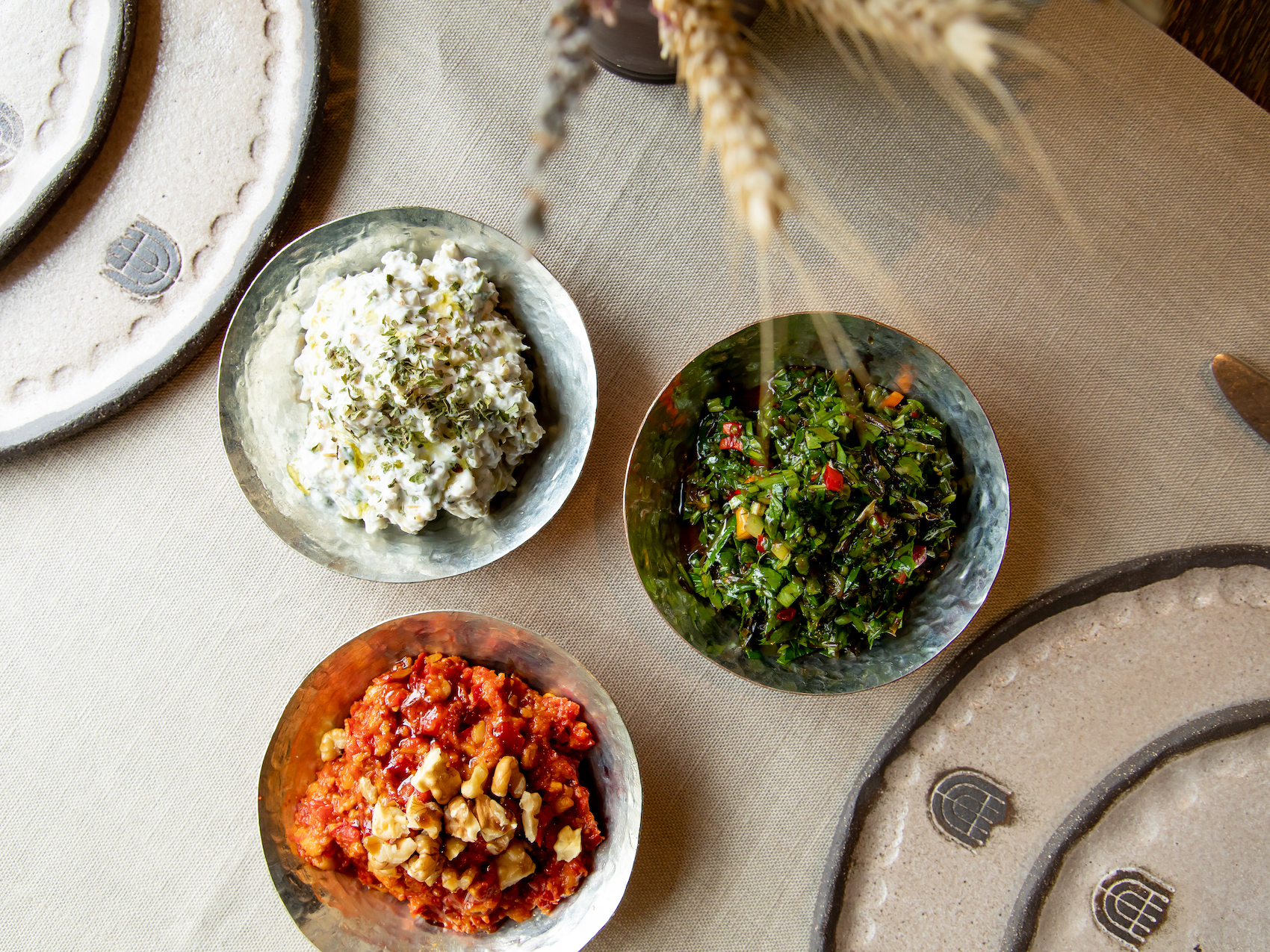

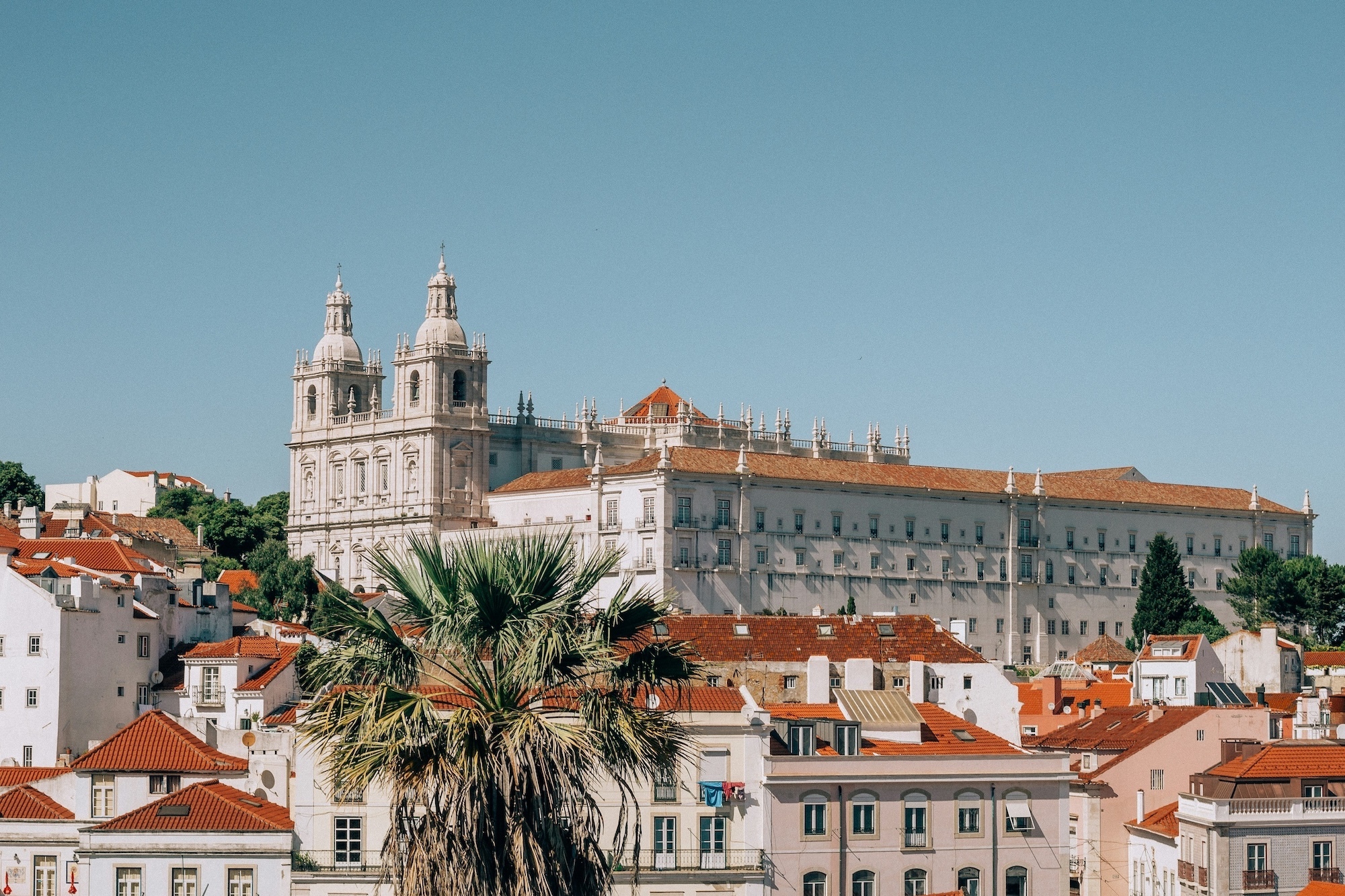


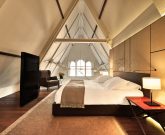
Any Questions or Tips to add?